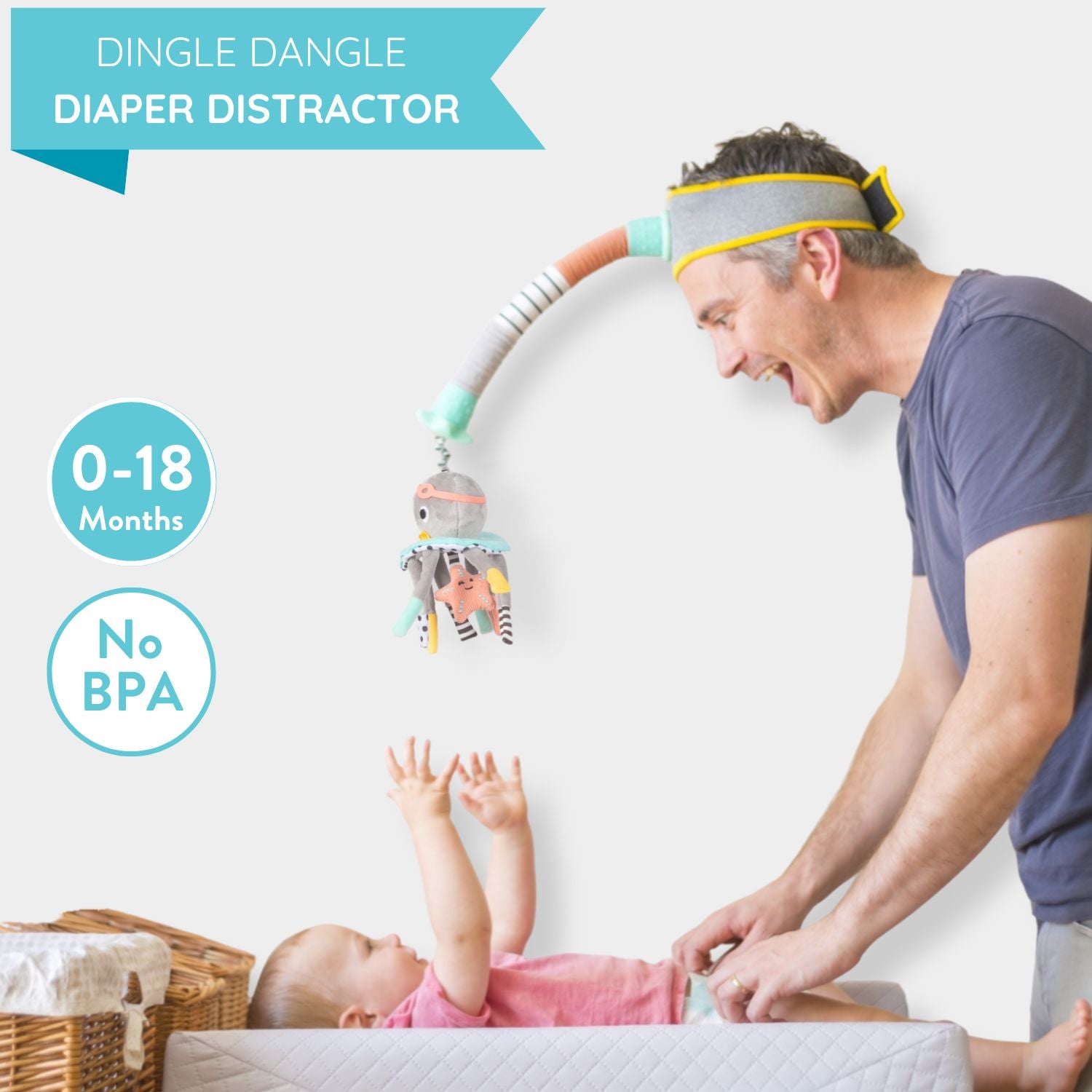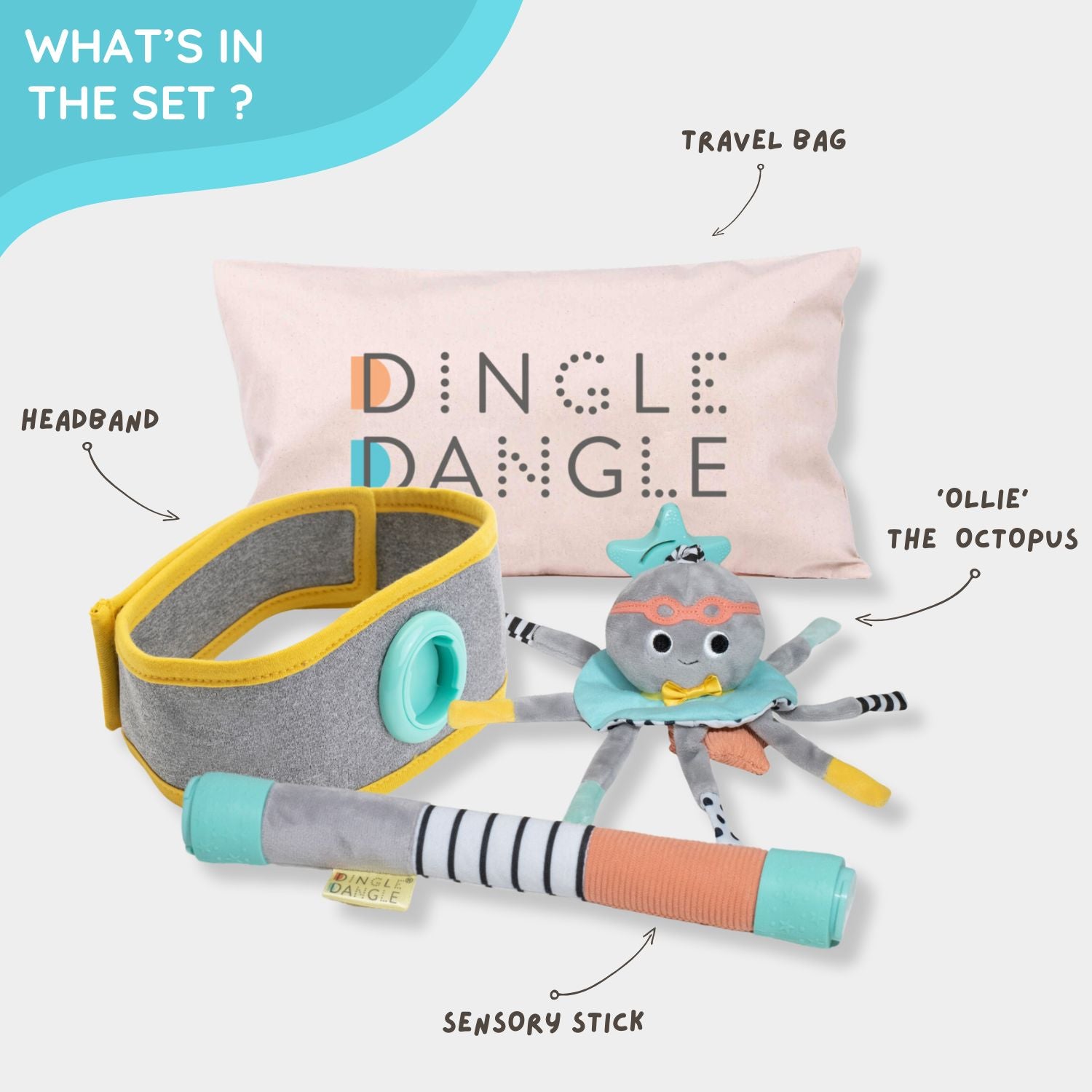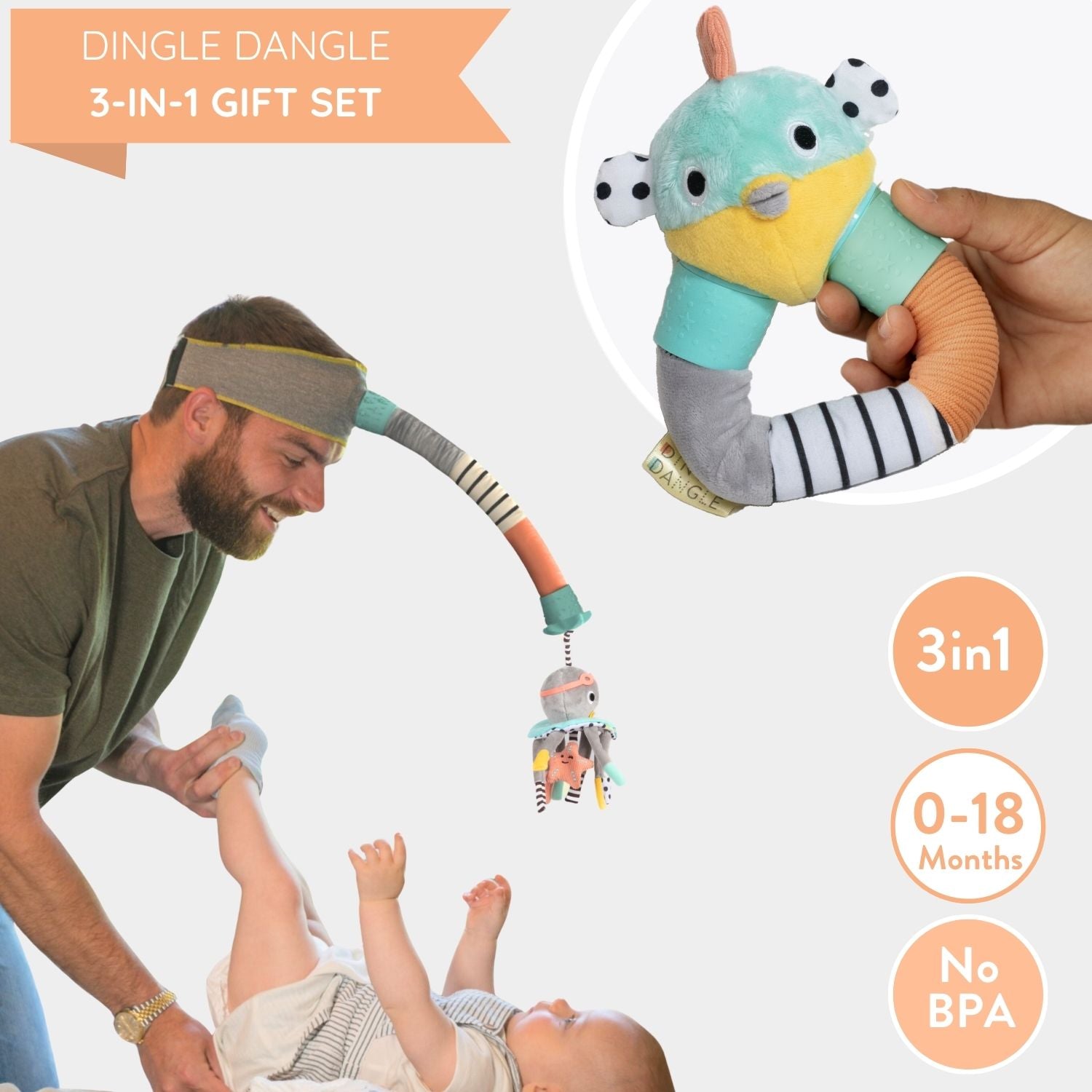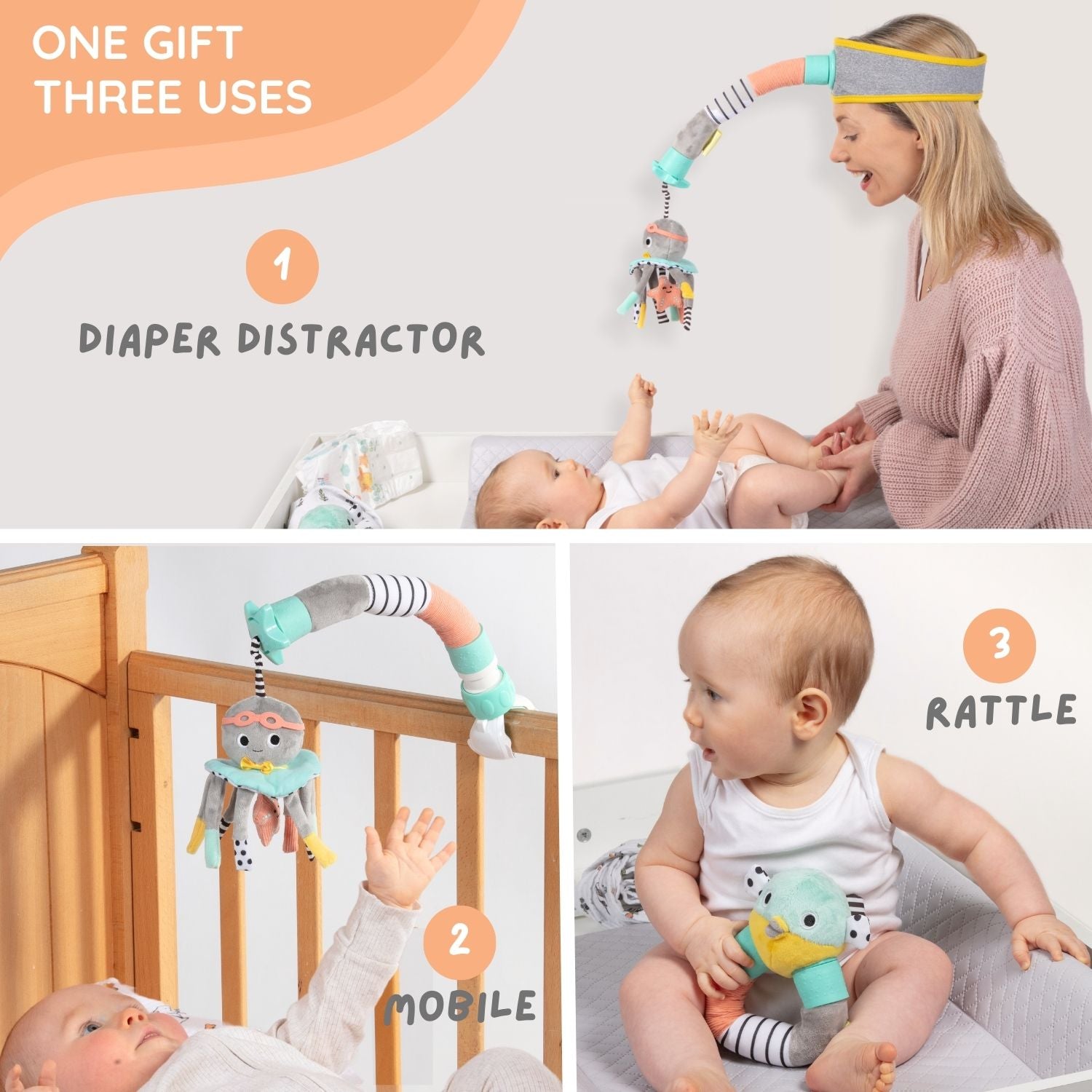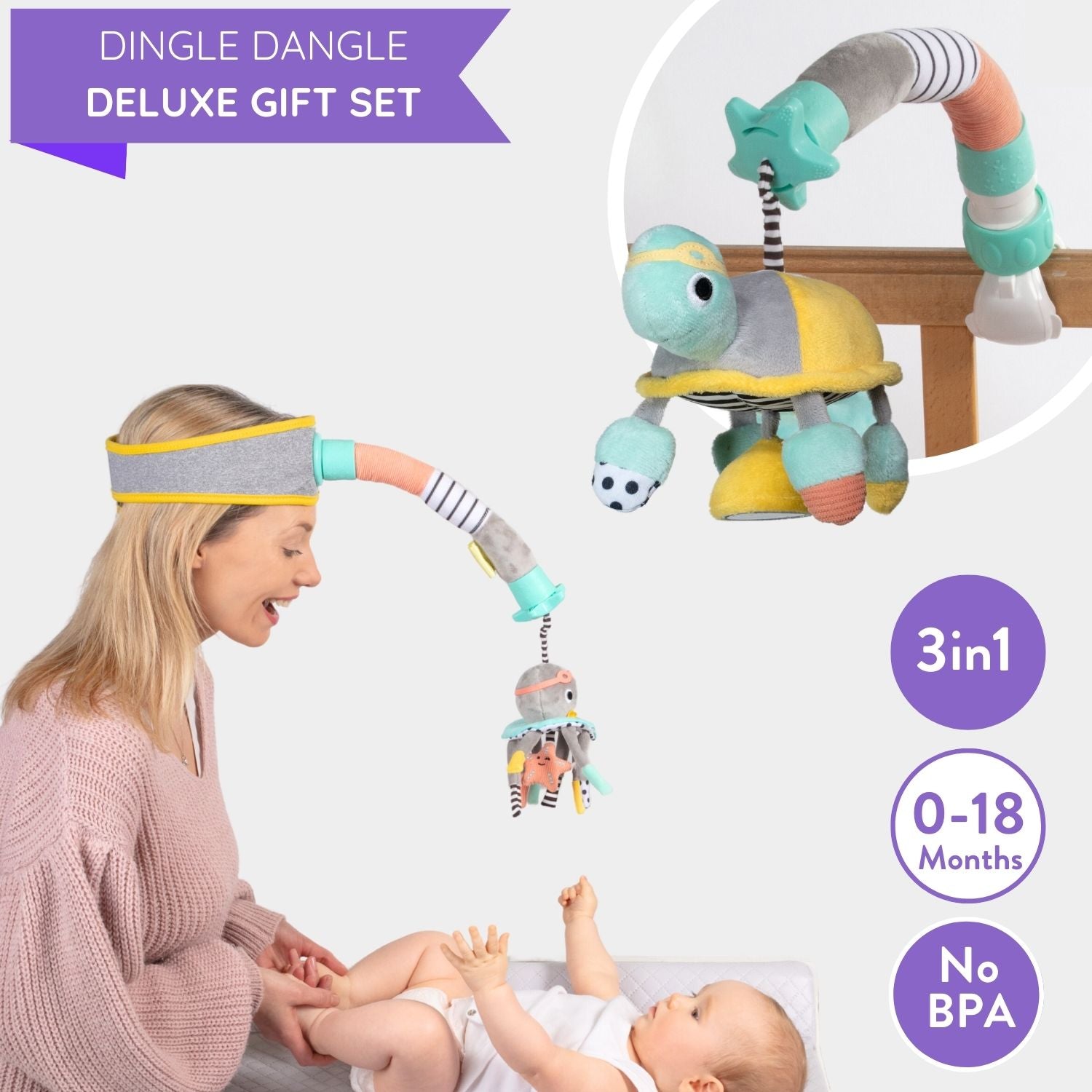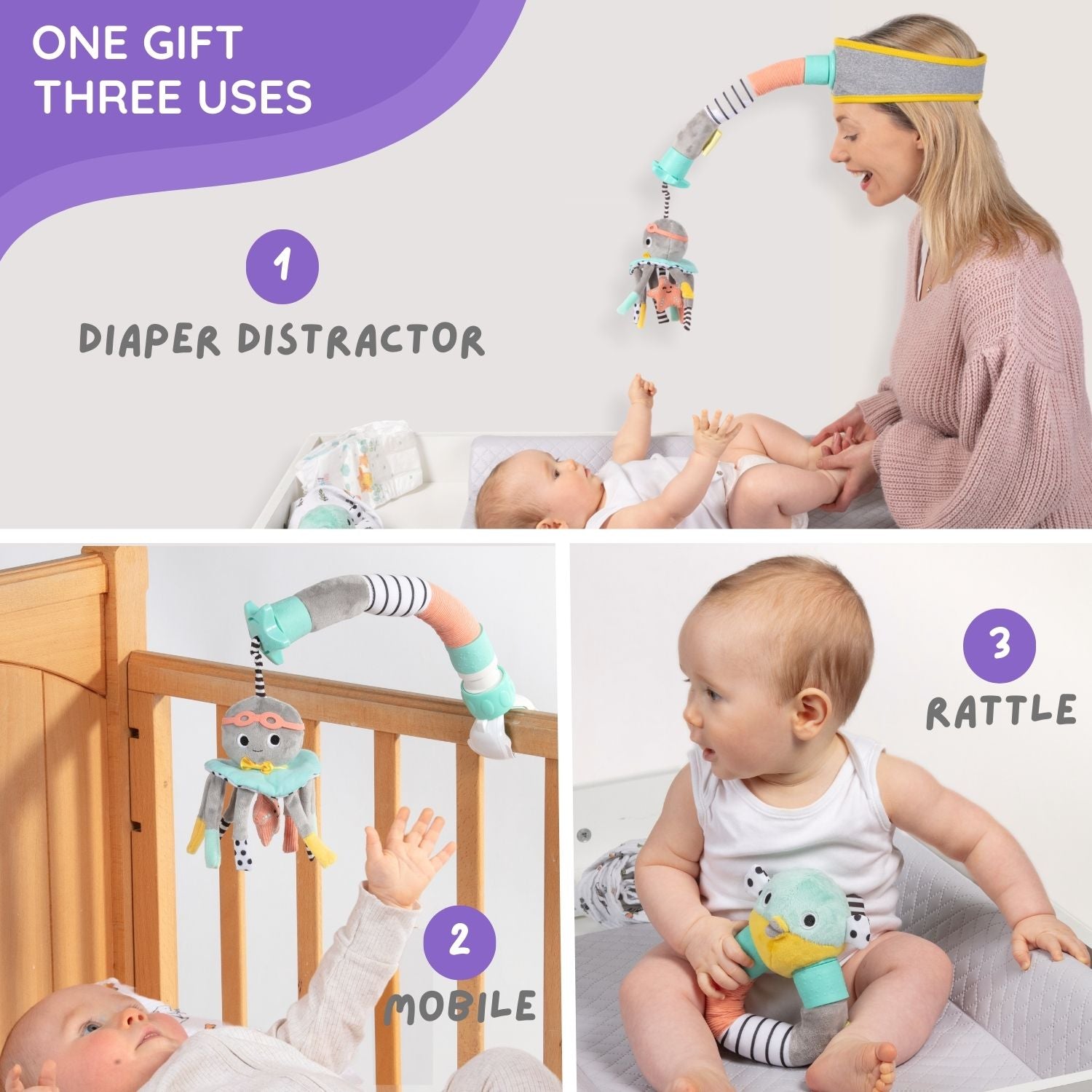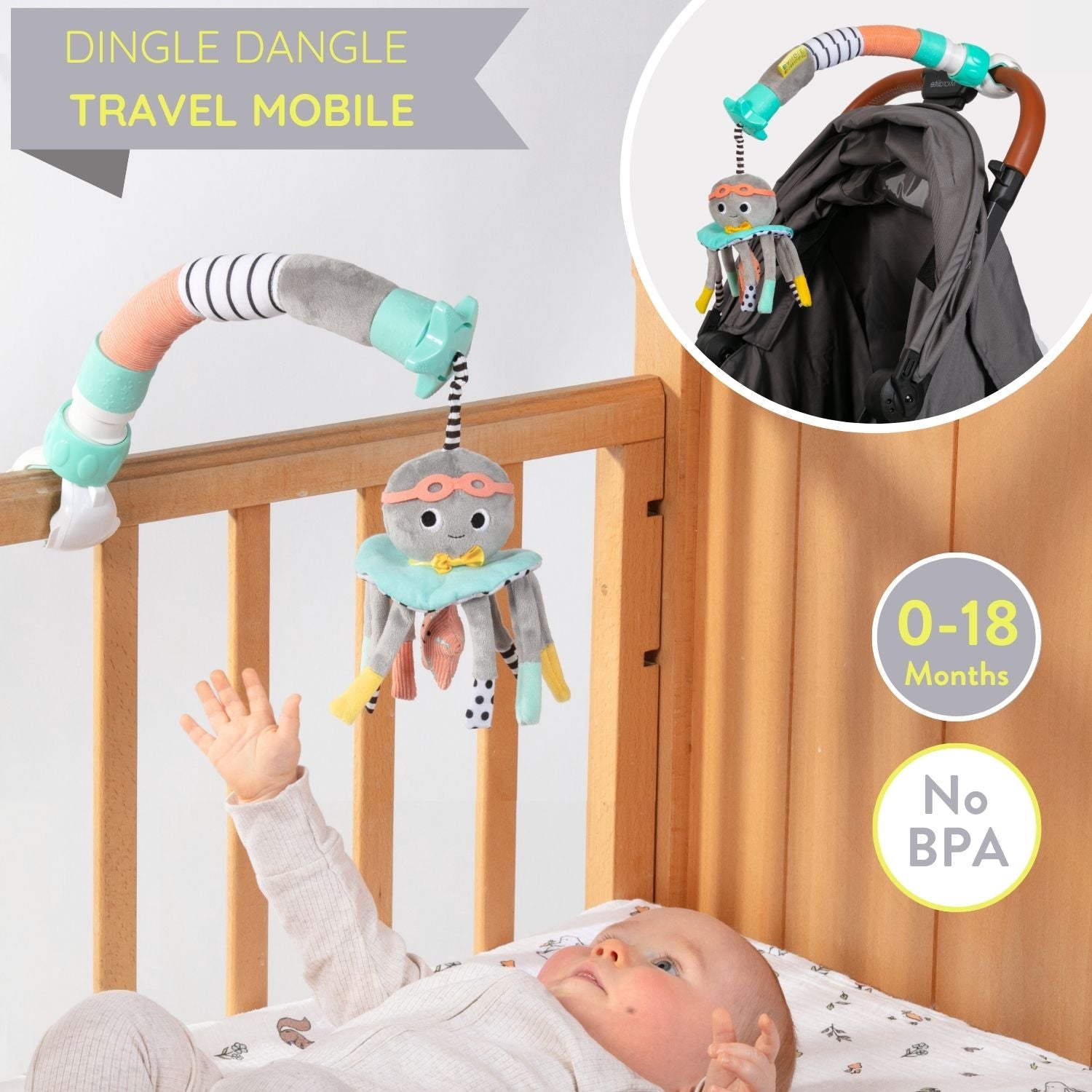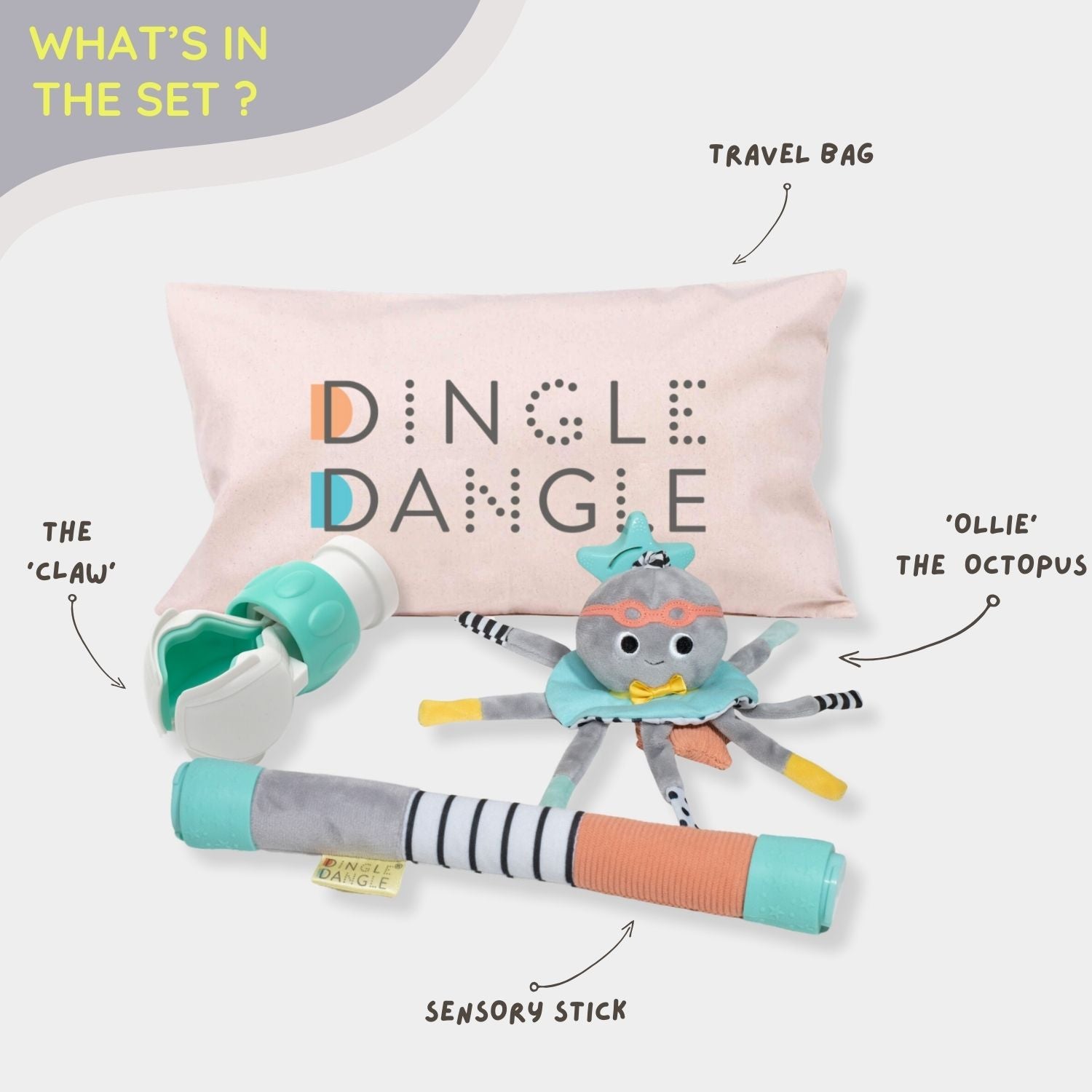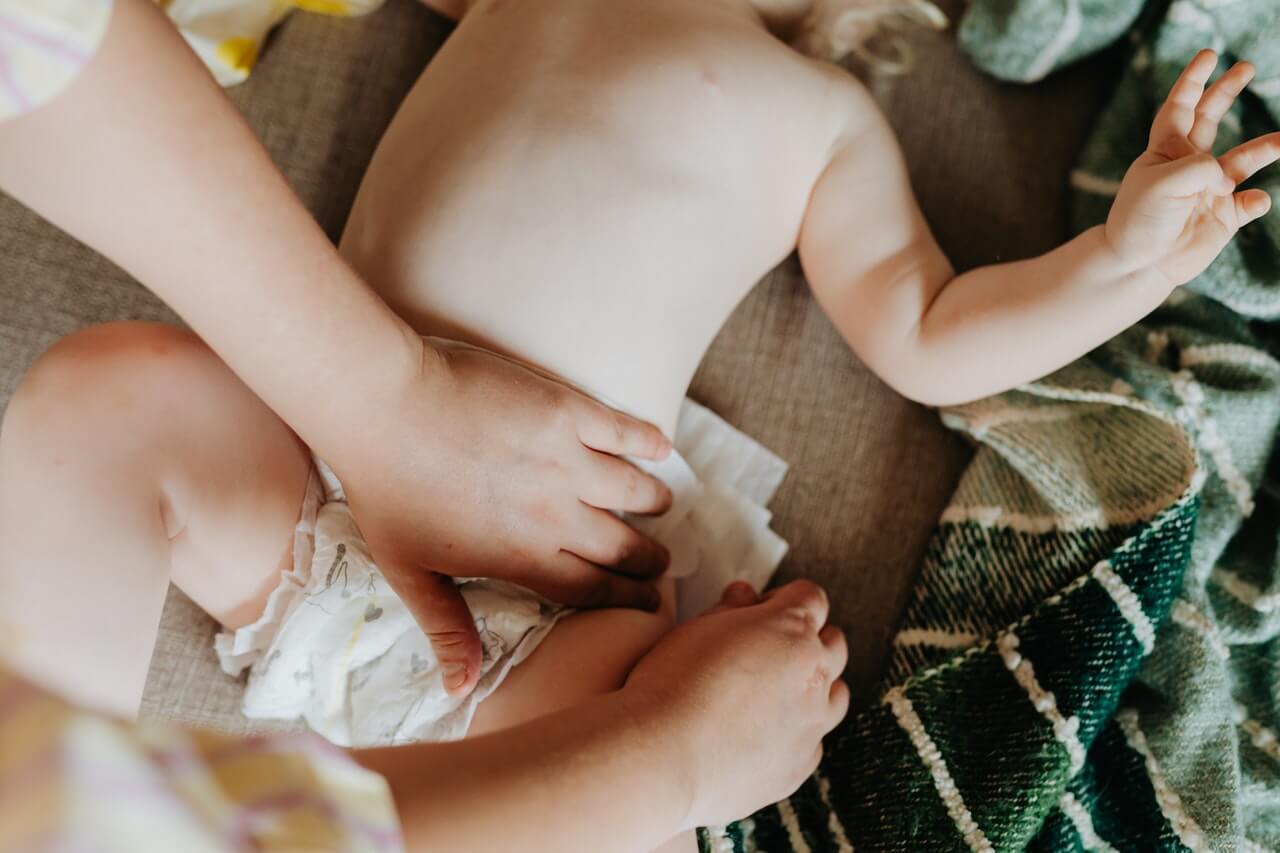

· By Stewart Gold
How Often Should You Change a Nappy?
Ready or not, parenthood is coming at you FAST. Fear not, even the most prepared new parent has doubts if they are really ready to take on the biggest responsibility of their lives (PS … you SO are ready).

You can quickly get overwhelmed if you look at the big picture, so I think iit’s better to think of parenting as a bunch of small, (mostly) simple tasks. Today we’ll be tackling one of the most common parenting questions I get asked by new parents:
How often should you change a nappy?
Today, I’ll help answer:
(i) How often should you change newborn’s nappy?
(ii) Does it matter if I use cloth vs. disposable nappies?
(iii) Why are frequent nappy changes important?
(iv) Should you change nappy after every wee?
(v) Should I wake baby to change nappy at night?
As the mother to two beautiful daughters, I hope that answering these questions with my own experience will help you feel more confident and give you just a little less to worry about as you step into this new role as a parent.
Let’s start with our first question …
How Often Should You Change a Nappy?
Let’s start with the basics. The general rule of thumb is to change your son or daughter’s nappy approximately every two to three hours as a newborn. Babies thrive with predictability and consistency.
Consider doing routine nappy changes alongside other daily milestones. When looking at a 24-hour period, this may include first thing in the morning, before and after mealtimes and naps and then again as part of their bedtime routine.

However, we’re talking about babies, not robots! As wonderful as a routine may sound and perhaps look written down, parenting means being flexible and constantly shifting gears. What we did yesterday will not be what we do today.
And that’s okay, because as your baby grows, your parenting instincts will fine-tune and mature. That’s why we have to follow our gut (and nose) when it comes to nappy changes.
I always put a clean nappy on my girls before doctor’s appointments, long car rides or when dropping them off at daycare. Bottom line, babies should be changed frequently and as often as needed.
Is There A Nappy Change Helper to Assist With Nappy Changing?

If you are struggling with a wriggly baby or a baby that screams during nappy change time, the Dingle Dangle is the best toy to make your nappy changing time both fun and interactive.
The Dingle Dangle [click here to get a £5 discount at checkout] is an amazing 4-in-1 multi-sensory toolkit that straps to your head with an adorable chime octopus that dangles from the bottom.
The underbelly of the dangling octopus has sensory black-and-white polka dots helps distract and sooth your baby when you do the nappy change duties.
The Dingle Dangle has been so popular it was awarded as one of the best new products by the British Baby Product Association for 2021!
You can watch below to see how the Dingle Dangle baby toy works!
Does It Matter If I Use Cloth or Disposable Nappies?
Disposable vs. cloth nappies is a personal choice that. There is no “good” vs “bad” - there are pros and cons of each choice, but nobody will judge you for whichever one you pick.
We’ll help you out by taking a brief look at each choice:
Disposable Nappies

There is no doubt about it that the convenience of disposable nappies makes them the choice for most new parents. Once you get the hang of nappy changing (give yourself 5 and you’ll be a master) disposable nappies are:
(i) Super absorbent (ii) Minimal mess (iii) Easy to take on/off (iv) Don’t require laundry; and (v) Easily disposed in the a garbage bag.
However, disposable diapers do come with some downsides:
(i) Cost: According to the The Times Money Mentor, the average family will spend approximately £261 during their first year on disposable nappies. If you look to buy more high-end nappies, you can expect to pay upwards of £700 a year. Not breaking-the-bank, but definitely a cost that needs to be planned for during the few years of parenthood.
(ii) Environmental Impact: The average family will go through approximately 2,200! nappies during baby’s first year of life. Most disposable nappies are made out of plastics and other materials that will not biodegrade in the Earth. If you consider the environmental impact across the globe - this means BILLIONS of disposable nappies are sitting in landfills every single year.
Personally, my choice is disposable nappies due to their convenience, relatively low cost and ease. This is especially true because I have a wriggly baby - and a quick change is critical for my sanity!
Cloth Nappies
Cloth nappies are a great choice if you don’t mind dealing with much of the cleaning that goes along with a cloth nappy. Some parents prefer the “natural” look and feel of a cloth nappy on their baby rather than wrapping up their newborn in plastic.

However, there are definitely downsides to the cloth nappy:
(i) Washing: You will be using your washing machine a lot more with cloth nappies. This can be a costly from a energy and water standpoint and a hassle and a bit of If you (or your partner) is someone who doesn’t mind doing lots of loads of laundry, then this shouldnt be a big deterrent.
(ii) Environmental Impact: While you won’t be disposing of your cloth nappies, you will need to wash your cloth nappies daily which causes its own type of strain on the environment. In rather non-committal fashion, the UK environmental agency concluded in a 2008 report:
“The environmental impacts of using shaped reusable nappies [cloth diapers] can be higher or lower than using disposables, depending on how they are laundered.”
Ultimately, the decision between disposable vs. cloth nappy may also be made by your baby. My niece has eczema, so cloth diapers were more gentle and less abrasive on her super sensitive skin.
Regardless if you use cloth or disposable nappies, the recommendation remains the same – change them regularly and as needed throughout the day and night.
Why Are Frequent Nappy Changes Important?
As parents, we prioritize keeping our little ones safe, healthy, and comfortable. Frequent nappy changes check all these boxes!
Urine and feces can be incredibly irritating to your baby’s delicate and sensitive skin. According to a PubMed study, approximately 50% of infants will experience diaper dermatitis (also known as diaper rash), with the “highest prevalence occurring between 9 and 12 months old.”
Aside from a reddened backside, diaper rashes can be incredibly painful, uncomfortable and if left untreated, cause yeast or fungal infections.
When my daughters were in diapers (newborn through toddlerhood), I was concerned about urinary tract infections (UTIs). BabyCenter cites key causes of UTIs to be “sitting in a wet diaper or bathing suit,” among other factors.
Therefore, regular, proactive nappy changes may help reduce the amount of time baby’s skin is moist and in direct contact with irritants which can lead to other health issues. Yes, still have your arsenal of creams, powders, and ointments at the ready, but why always be on defense?
Should You Change Nappy After Every Wee?
When it comes to nappy region hygiene, think two words – “clean” and “dry.” Although it’s not necessary to change a nappy after EVERY wee or tinkle, remain mindful and cued into your little one’s behavior.
If baby is cranky, wriggly, or is having a difficult time settling in, a new fresh diaper just might do the trick. Don’t wait for it to be soaked. Even a little urine and wetness can be upsetting.

Many disposable diapers and pull-ups have “wetness indicators,” colored lines or child-friendly graphics that show when moisture is detected.
Mom advice - don’t solely rely on this feature. Instead, regularly visually inspect and/or feel the nappy to determine if it needs to be changed. If it’s bulging, soggy and/or beginning to pull down, you’ve passed the “it can wait'' zone... change that nappy pronto!
Now, poop is another story… whether you hear, smell, or see poop, it’s best to change messy nappies as AS SOON AS POSSIBLE during waking hours.
My husband and I were shocked to learn that baby bowel movements vary in color, consistency and smell based on things like age, diet, if they were teething or fighting a cold.
Over time, we lovingly created four categories of poop – “normal,” “pebbles” (tiny, hard balls), “diarrhea” (wet or watery) or “Code Brown” (a two-person job). Whatever you call it, a dirty nappy requires swift action!
Should I Wake Baby to Change Nappy at Night?
I would put money on the fact that every parent has stared at their newborn in the middle of the night to double-check they are okay and breathing. We all do it (a lot). And then it happens… it’s 2:37am and you smell it before you see it… your little one pooped.
To change the nappy, or not change the nappy, THAT is the question! Dr. Arunima Agarwal, a board-certified pediatrician recommends, “you’ll want to change the diaper soon, but that does not need to be immediately… if you think they’ll wake up soon, then it’s okay to wait a little while (no longer than 30 minutes).” A slightly wet nappy can be left alone until they wake up.

If you decide that a timely nappy change is needed while your baby is sound asleep, first confirm it wasn’t just gas. I’ve made that mistake before! If indeed it is a bowel movement, you’ll want to work quickly, quietly, and efficiently.
Consider having a water-proof crib mattress pad or fitted sheet in the event of nappy leaks or toddler accidents. A couple of other personal tips and tricks…
- Do the nappy change wherever the baby is sleeping. Now is not the time to transition to the changing table across the room.
- Keep the lights low. Rely on a soft nightlight or the flashlight feature on your phone.
- Prep away from baby. For example, open those sticky nappy pull-tabs in another room because in the middle of the night, it WILL sound like a siren went off (trust me).
- Have all supplies within arm’s reach and ready to-go.
- Warm wet wipes to avoid startling. Simply hold them in your hands for a few seconds to get the chill out.
- Don’t skimp on thorough wiping just because you’re trying to go fast.
- If baby starts to awaken, pause for a moment, offer a soothing “shhhhh…” and help coax them back to sleep and then finish the nappy change.
How Often Should You Change A Nappy: My Advice
It’s easy to get caught-up in the technical parts of nappy changes. Instead of viewing it as something you have to “get through” or an endless chore, try shifting your perspective.
Nappy changes are special moments with your beautiful baby. Engage throughout with comforting nonverbals like smiling, maintaining eye contact and giving lots of hugs and kisses before, during and after.

Hearing your voice can help keep your little one calm, focused and hopefully less distracted. I wasn’t very creative, so I used to narrate what I was doing, “time for a nappy change… let’s lay down pretty girl…”
Towards the end, when the messy part was done, I would start being silly by kissing their belly or feet or play a quick game of peak-a-boo. When your child gets a little older, try offering a diversion toy or soft book that only comes out during nappy changes (remember, kiddos love routines).
And remember DON'T BE AFRAID TO ASK FOR HELP!
If you are feeling overwhelmed, downright exhausted, or stressed out, ask your partner or a family member to do the next nappy change. If you have an older child, ask them to assist! Kids are fascinated by pee and poop so get them involved every now and then. You don’t have to do it all yourself.
So, whether you have a rotation, engage in rock-paper-scissors, or proclaim yourself the ‘Nappy Whisperer,” staying on top of nappy changes is one of the most important ways you and your family show love and care to your child.
Change nappies frequently and build it into your daily routine. If you feel a diaper rash is starting or you have concerns about your baby’s urinary or bowel functions, talk to your pediatrician. Call on your gut instincts (and nose) for those middle of the night scenarios.
Ultimately, if it’s dirty and you’re questioning it… change the nappy. For your baby’s health and your sanity, a clean nappy can make a world’s difference.
About the Author

Nicole Giammarinaro is a proud wife and mom of two young girls. For over 15 years, she has worked full-time in healthcare as a registered nurse and administrator. Nicole enjoys spending quality time with her family, writing, bike riding and a sipping on perfect cup of tea.
Sources
Pampers.com, article entitled, “How Many Diapers Does Your Baby Need Per Day,” accessed via https://www.pampers.com/en-us/baby/diapering/article/how-often-to-change-diaper
The Bump; article entitled, “Diaper Decisions: Cloth Diapers vs. Disposable,” accessed via https://www.thebump.com/a/cloth-diapers-vs-disposable
Benitez Ojeda A.B., Mendez M, D. (2021). “Diaper Dermatitis,” accessed via https://www.ncbi.nlm.nih.gov/books/NBK559067/
BabyCenter.com, article entitled, “UTI’s in babies and toddlers: Symptoms and Causes,” accessed via https://www.babycenter.com/health/illness-and-infection/utis-in-babies-and-toddlers-symptoms-and-causes_10910
Wikipedia.com, “Wetness Indicator,” accessed via https://en.wikipedia.org/wiki/Wetness_indicator

